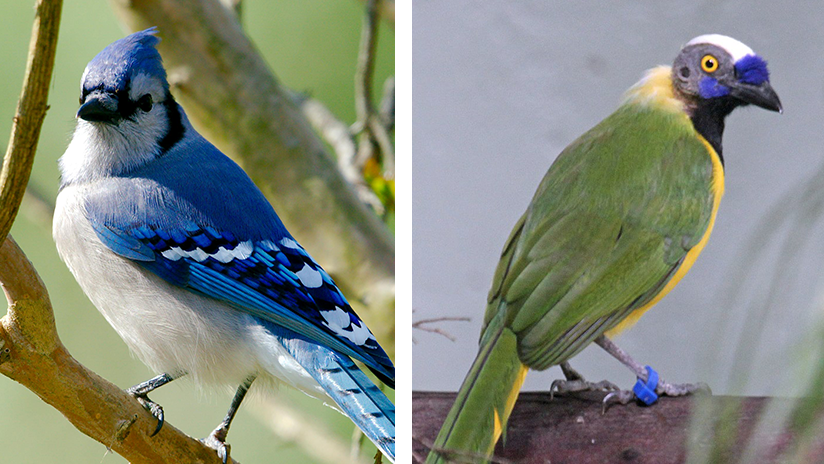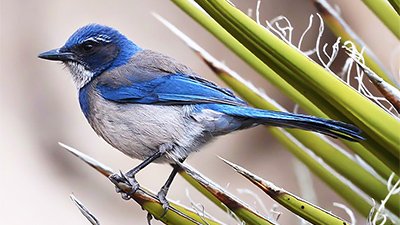Function of the Wings of Flightless Birds
ScienceDaily: “Feathered Friends: Ostriches Provide Clues to Dinosaur Movement” Biologists have identified the function of what were once considered vestigial structures: the wings of flightless birds.
What good are wings on a flightless bird—like the ostrich? Although scientists have previously suggested temperature control and reproductive display as the main uses of ostrich wings, a team reporting at the annual meeting of the Society for Experimental Biology believes it has determined their most important purpose. Moreover, the scientists connect their research to the study of “winged” dinosaurs.
The birds employ their wings as giant rudders.
The team, led by the University of Antwerp’s Nina Schaller, argues that ostriches do, in fact, use their wings to help them move—just not off the ground. Instead, the birds employ their wings as giant rudders, helping them maneuver and brake while running at high speeds. The researchers arrived at the conclusions through extensive study of ostriches raised by Schaller herself, along with airstream experiments.
Of special interest is that ostriches’ intertarsal muscle, once considered “rudimentary,” has an important role in allowing the birds to execute such maneuvers as high-speed zigzag running. The team supports their claims with evidence from the ostrich-like rhea, another flightless bird whose wings are used similarly to “execute rapid zigzagging as a means of escape and use their wings to maintain balance during these agile manoeuvres,” Schaller explained.
The scientists extend their findings to bipedal dinosaurs whose small forelimbs may have resembled wings. Because it is clear dinosaurs could not use such limbs for locomotion, the team conjectures that dinosaurs used them instead for balancing and maneuvering. Importantly, using forelimbs for such purposes would have reduced some dinosaurs’ high energy cost of moving around such massive bodies.
Although testing hypotheses about dinosaur locomotion is difficult (given that we cannot observe or experiment on living dinosaurs), the team’s program of study is an excellent way to infer more about how dinosaurs lived and moved. By relying on good observational study of modern creatures, rather than evolutionary presuppositions, the team has suggested a sound interpretation of not only the wings of flightless birds, but also the forelimbs of bipedal dinosaurs. While such wings (and forelimbs) may not be identical to God’s original, perfect design (i.e., it could be that the created kind today’s ostriches descended from could fly), they are not the useless remnants of a wasteful evolutionary process.
For more information:
Remember, if you see a news story that might merit some attention, let us know about it! (Note: if the story originates from the Associated Press, Fox News, MSNBC, the New York Times, or another major national media outlet, we will most likely have already heard about it.) And thanks to all of our readers who have submitted great news tips to us.
(Please note that links will take you directly to the source. Answers in Genesis is not responsible for content on the websites to which we refer. For more information, please see our Privacy Policy.)

Answers in Genesis is an apologetics ministry, dedicated to helping Christians defend their faith and proclaim the good news of Jesus Christ.
- Customer Service 800.778.3390
- Available Monday–Friday | 9 AM–5 PM ET
- © 2025 Answers in Genesis



